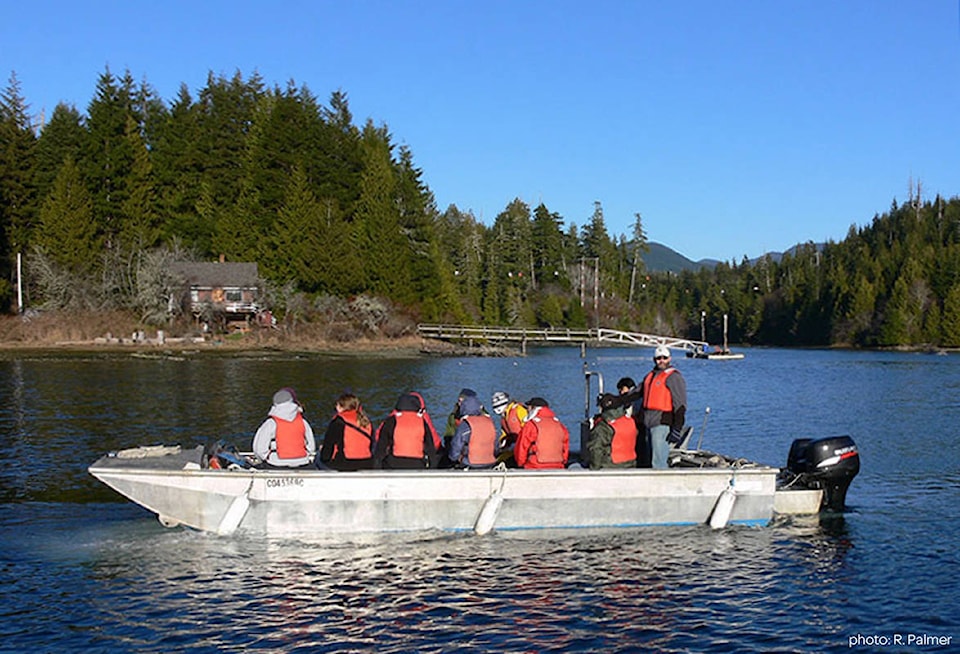Casey Litton, a teacher at Nechako Valley Secondary School, acknowledges that not every student in his school will become a research scientist of a doctor, but for Litton, that isn’t the point of his philosophy toward education.
“We have embraced a model of experiential learning with the goal of producing involved and thoughtful participants in the world around them,” said Litton.
“We want to give them the tools to make intelligent choices and be intelligent contributors to society.”
The concept of experiential learning isn’t a new one, of course.
There have always been school field trips, but what Litton does transcends the traditional field trip by having students become active participants in what they see.
A prime example of that philosophy in action happens at the white sturgeon research facility in Vanderhoof.
“Our elementary school kids were doing field trips to the hatchery, and that’s great, but we needed to sustain and grow that experience at the secondary level. We’ve been able to make sure that every Biology 11 student gets the opportunity to spend one day at the hatchery,” said Litton.
“They get a broad base idea of every aspect of the work, doing things like weighing the fish, tagging them, and marking them for release. It gave them a much better perspective of what was actually involved.”
And, of course, not all students are immediately enthralled by the work or decide to pursue a career in aquaculture. But some do, and return to the facility to volunteer further, even going out to collect samples from the Nechako River to aid in research.
“Even if we get a couple of young people who decide that this is an important field, that’s great. The point is that at least the others all come away with a more profound understanding of what is happening and what the issues are surrounding that field of study.”
In another example of hands on experiential learning, Litton leads an annual trip to the Bamfield Marine Sciences Centre on the outer west coast of Vancouver Island.
Bamfield is a world-class teaching and research facility and has been rated as being among the very best research and training facilities in the world.
“Universities across Canada send their students to Bamfield to do marine research,” said Litton.
“We decided that it was an opportunity that shouldn’t have to wait until university. Our students have to have the opportunity to understand what this research is about so they can make informed decisions on their future education.”
At the research station, students had an opportunity to go out to the sea lion rookeries, observe whales and other marine animals.
They also had an opportunity to participate in a research project in which they helped take samples of animal plankton and were a part of identifying the DNA of species and helped to run a photosynthesis lab to see what sort of light conditions were the best for these life forms.
The nine-day trip also allowed students to live on the site and take meals with the researchers at the station and discuss their work in an informal setting. The NVSS students also had an opportunity to interact with university students at the station and gain some first hand knowledge of university life.
“The exposure the students got showed them the possibilities and it started them thinking about the possibilities they have in life. I can tell you that the bus ride home had a lot of them rethinking what they thought they had already figured out about life,” said Litton. “This has taken us far beyond text book learning and has expanded their world view . They can see that they have choices about what kind of world they want and how they can help to shape that world.”
“The message is, don’t underestimate yourself. You can be an important part of the world.”
